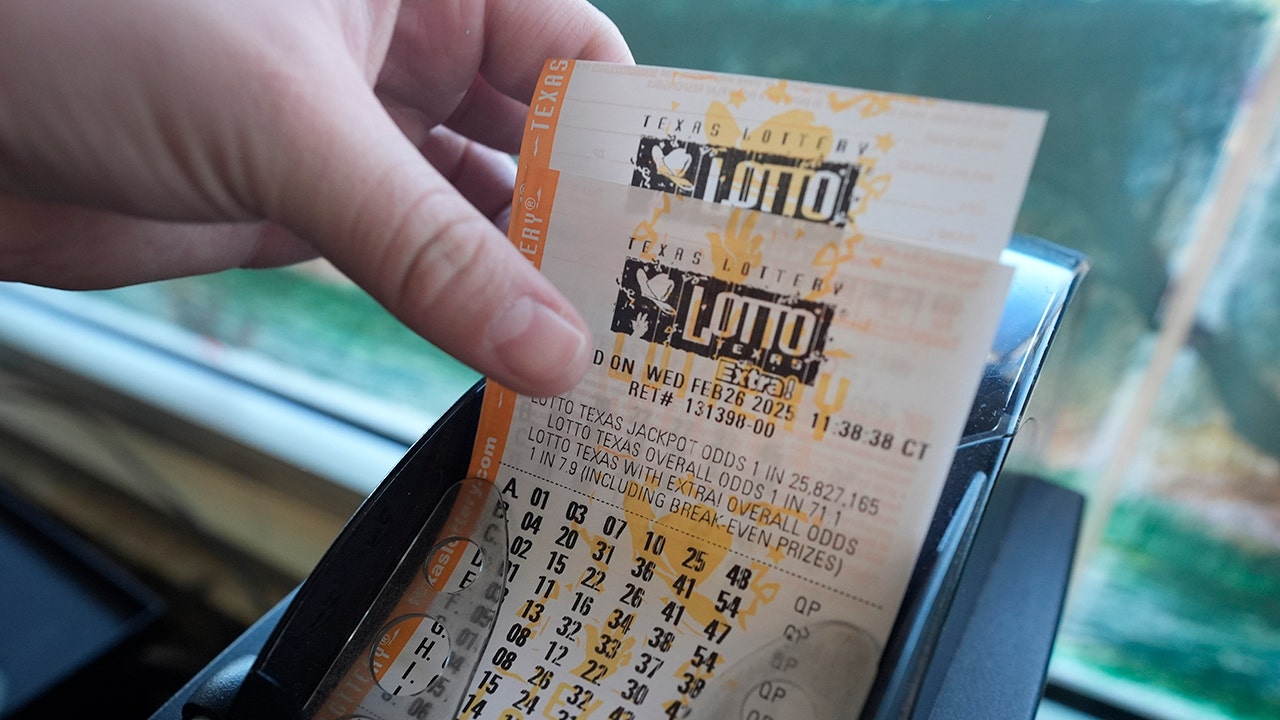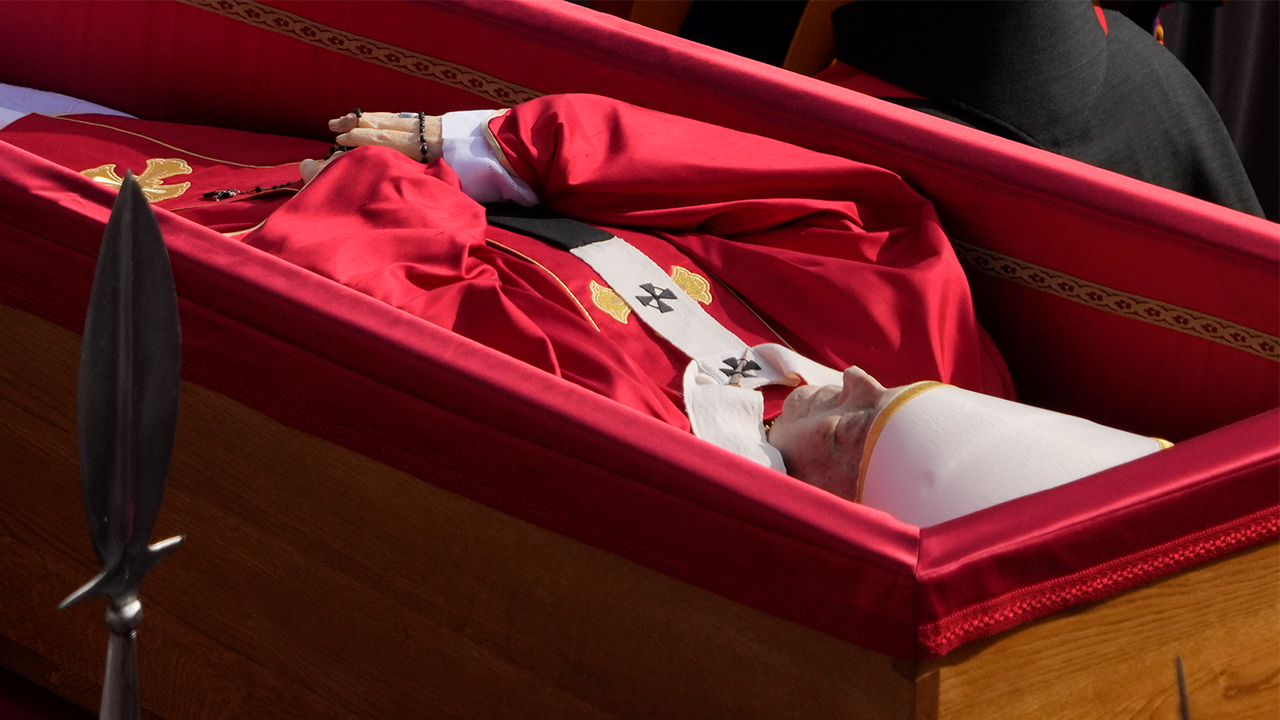30 years after deadly Tokyo subway gassing, survivors and victims’ families still seeking closure

The sarin nerve gas attack that took place in Tokyo’s subway network 30 years ago still haunts survivors and families who lost loved ones. On March 20, 1995, thirteen people lost their lives, and thousands were left sickened when members of the Aum Shinrikyo cult released sarin gas in the capital’s subway trains. This heinous act remains one of the most shocking atrocities in Japan’s history, a country known for its low crime rates.
The Aum Shinrikyo cult, also known as Supreme Truth, has since disbanded. However, 1,600 former members continue to operate under different names, ignoring court orders to pay damages to survivors and bereaved families. Shizue Takahashi, who lost her husband in the attack, continues to fight for justice. She believes that the memories of the attack should not fade and that the perpetrators must be held accountable.
The morning of the attack, five cult members boarded separate train cars on three subway lines converging at Kasumigaseki, Japan’s government center. They released sarin gas by puncturing bags with umbrellas, causing chaos and panic among commuters. Kazumasa Takahashi, a subway worker, unknowingly cleaned up the lethal substance and sacrificed his life in the process.
The attack sickened over 6,000 people, with a 14th victim succumbing to severe after-effects in 2020. The botched police investigation prior to the attack failed to link the cult to earlier crimes, leading to the tragic events of that day. Two days after the attack, police raided Aum’s headquarters near Mount Fuji, where they found the cult’s leader, Shoko Asahara, in a hidden compartment.
Asahara, born Chizuo Matsumoto, founded Aum Shinrikyo in 1984, attracting disillusioned individuals with his apocalyptic teachings. The cult’s criminal activities escalated over the years, culminating in the subway gassing in 1995. Despite Asahara’s execution in 2018, his teachings still resonate with some former members who continue to practice his beliefs.
Survivors of the attack, like Shizue Takahashi, have been fighting for compensation and justice for years. The government has enacted laws to support victims of the Aum crimes and prevent similar incidents in the future. However, Aum’s main successor group, Aleph, has refused to pay compensation to survivors and bereaved families, raising concerns about their continued activities.
While the Aum Shinrikyo cult may have disbanded, remnants of the group still operate in Japan and abroad. Authorities and survivors are calling for increased vigilance to prevent the resurgence of dangerous cults. Lessons from the sarin gas attack must be shared with the public to raise awareness and prevent similar tragedies from occurring in the future.
Shizue Takahashi and other survivors continue to advocate for justice and awareness through various channels, including a dedicated website that compiles articles and comments from survivors, lawyers, and writers. The legacy of the sarin gas attack serves as a reminder of the dangers posed by extremist groups and the importance of remaining vigilant against such threats.




